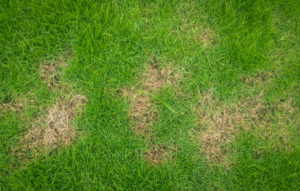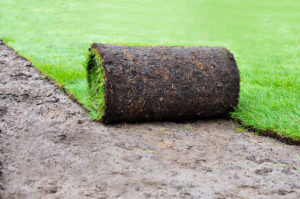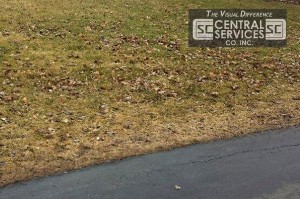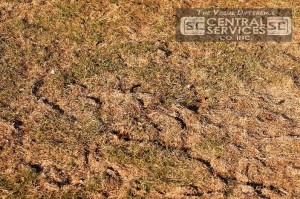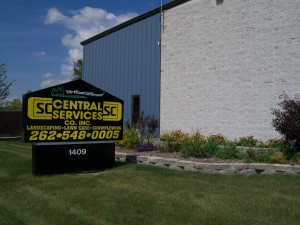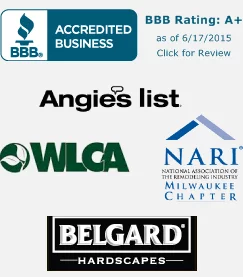When you’re ready to create the lawn of your dreams, you’ll have many important decisions to make. One of those decisions will be whether using sod or seed is the right choice for you. Both sod and grass seed are viable options for creating a healthy lawn, but they have different costs and benefits.
Read on for more information about using sod for your lawn.
About Sod
Sod, also known as turf grass, is commonly used in residential and commercial areas because it establishes a lawn quickly and improves the look and feel of a landscape.
Sod is made of sections of grass that are tied together, either by a root system or a thin layer of biodegradable material. You may commonly see sod on golf courses, recreational fields, or on the lawns of homes, schools, and businesses. It is visually appealing, provides erosion control and prevention, and enhances air and water quality. It also improves drainage, which helps prevent flooding.
Advantages of Using Sod
- Sod provides immediate cover of exposed soil. And, in doing so, it prevents erosion and provides stabilization. For this reason, sod is commonly used on hillsides and new construction sites.
- You can plant sod at any time of year, provided the ground is not frozen. Seed, however, can only be planted at moderate temperatures (when it is not too hot or cold).
- A sod installation is reliable and stable. Sod cannot dry out, blow, or wash away like grass seed can.
- After laying the sod down and watering it for two weeks, you and your family are free to walk, run, and play on your new lawn.
- Sod is fairly hardy and takes root quickly.
- It requires daily watering in the summer but is a good choice for those looking for a more low maintenance option.
- Sod is the cleaner choice, leaving less dust or mud than seed.
With so many advantages to using sod, it’s easy to see why so many property owners choose it. But, it does have a few drawbacks.
Disadvantages of Sod
- Sod is quite a bit more expensive than seed, and it may be too costly for large areas of land.
- Proper installation is important. Most professionals recommend that you hire a professional to install your sod.
- There are limited options for sod. Grass seed, however, comes in many more varieties.
- If some sections of sod do not take root, removal and replacement of these sections is necessary.
Learn More
If you would like to learn more about caring for your lawn and landscaping, check out these articles on how often to mow your lawn, the best time for lawn aeration, and the best grass for Wisconsin lawns.
Remember: Whether created with sod or seed grass, the health of your lawn makes a huge difference in your yard’s look and feel. Central Services recognizes this, and we can help you make the difficult decisions when it comes to your lawn’s health and aesthetics. Call us today to schedule a consultation for your Milwaukee- or Waukesha-area property.
